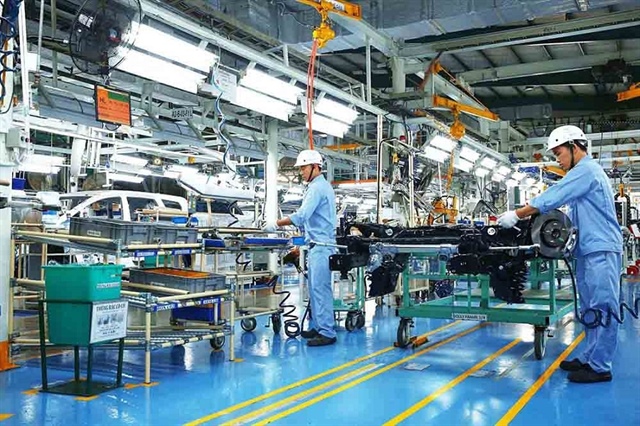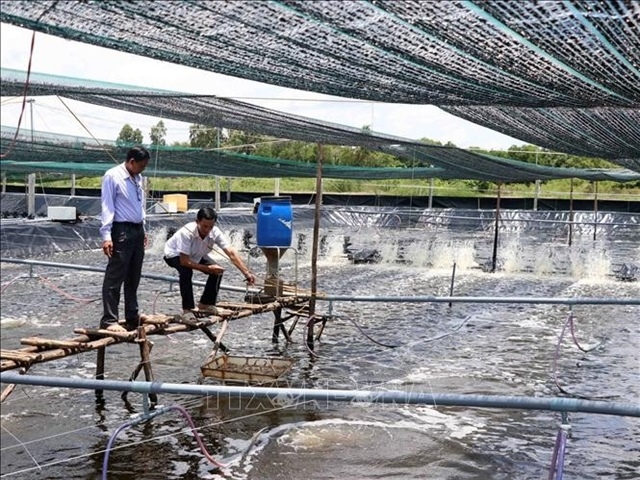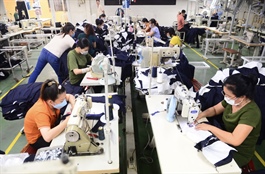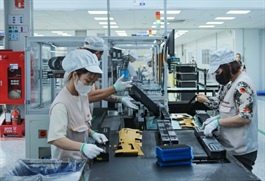Manufacturing firms remain optimistic about 2025 prospects
Manufacturing firms remain optimistic about 2025 prospects
Despite manufacturing momentum slowing in early 2025, manufacturers are upbeat about their prospects this year.
|
According to the S&P Global Vietnam Manufacturing Purchasing Managers' Index (PMI) report released on February 3, manufacturing firms maintained an optimistic outlook for production over the coming year, with sentiment recovering from the 19-month low posted in December. More than 36 per cent of respondents predicted a rise in output over the next 12 months, linked to hopes of a recovery in market demand.
The PMI is compiled by S&P Global from responses to questionnaires sent to purchasing managers in a panel of around 400 manufacturers.
Andrew Harker, economics director at S&P Global Market Intelligence, said, "Manufacturers will be hoping that conditions begin to improve soon, and were at least more optimistic than was the case at the end of 2024. S&P Global Market Intelligence forecasts 4.6 per cent growth of Vietnam's industrial production in 2025."
"Vietnamese manufacturers endured a disappointing start to 2025, with subdued demand conditions leading to renewed falls in both new orders and output and a more pronounced scaling back of employment. There was some respite on the price front, however, with slower cost inflation enabling firms to reduce their own selling prices in order to boost demand," Harker added.
The S&P Global Vietnam Manufacturing PMI posted 48.9 points in January, down from 49.8 points in December and below the 50.0 no-change mark for the second successive month.
New orders decreased for the first time in four months during January amid reports from panellists of subdued customer demand. The drop in total new business in part reflected a reduction in new export orders, which decreased for the third month running.
The reduction in new orders fed through to a fall in production, also for the first time in four months. However, the rate of decline in output was only slight. Falling new orders meant that there was a degree of spare capacity in the Vietnamese manufacturing sector. Firms were therefore able to deplete backlogs of work for the first time in eight months.
Manufacturers also continued to scale back employment in January, with staffing levels down for the fourth consecutive month. Moreover, the rate of job shedding was solid and the most pronounced since May last year. On the other hand, purchasing activity increased, albeit marginally. Respondents indicated a desire to make sure that sufficient inputs were secured to support production needs.
Vietnamese manufacturers showed a reluctance to hold inventories at the start of the year, with stocks of both purchases and finished goods falling. In particular, the decline in post-production inventories was the fastest since last July and among the most pronounced on record.




























